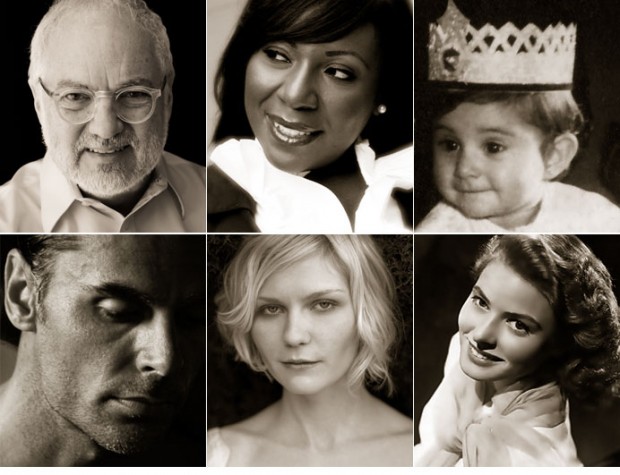The 2 things we love and hate about technology

GOOGLE IMAGE SEARCH includes a tool I find fascinating, because instead of requiring you to describe in words what you want to see, it allows you to provide an image you’d like Google to match.
But it also says a lot about why we’ll always need people to ride herd on technology. I’ll elaborate on that below, but first, three easy steps to using this handy tool.
1. Starting on Google.com click on the word “Images” at the upper right.
2. Once on the Google Image search page, click on the camera icon, in the text box.
3. Provide the image you’d like Google to match, either by entering its URL if it’s an online image,* or by uploading an image from your computer.
Okay, so that’s the love part. Here’s the rest.
Over the weekend, when my photographer son gave me a Christmas gift of a new headshot for my online profile photos, I did a quick Search By Image to see if Google would recognize my old photo and identify wherever my face appeared online.
The matrix of portraits above includes people that Google says I look like. Or to be more fair, images that its Search By Image tool concluded were most similar to my image. That’s me, in the very first picture, in the upper left corner. The resemblance is striking, no?
At least to the Search By Image tool, the six of us had a lot in common. But if I were to show you all the faces it came up with, you’d understand why Google arrived at that conclusion. Because the images themselves were all similar in one very noticeable way: coloration. And since that was the broadest, the most overall, the most obvious characteristic in the estimation of Google’s algorithm, it went with that.
Now, while I’m pointing out an almost stereotypical complaint we mount whenever we rage against the machine, it’s also a remarkably human flaw, and I’m not talking about the no-brainer of racism. Rather, I’ll relate a personal experience.
Years ago I attended a series of life-skills workshops that, at the time, were led by a now famous, mustachioed psychologist. At one point, my 80-plus fellow attendees sat in a large circle, and he called one of us to the center to make a point about how we often see only what we want to see in people, as opposed to who they actually are. He asked the young woman to go around the room, making note of how many in her group were wearing blue. By then we all knew to take him very seriously, so she started her eyes moving slowly around the circle, looking at every individual, counting to herself. Then he asked her, okay how many people are wearing red?
His point was that, when we have our minds made up about what we’re looking for, anything else is invisible to us. When we slip into auto-pilot, profiling-bio-scanner machine mode, it’s hard enough for us humans to be human. So somebody for sure better be keeping a close eye on them algorithms.
* Every image you see on the Internet has its own web address or URL. To get it, press Control or right-click and click on the image; a drop-down menu will appear giving you options such as “Copy Image Address.”